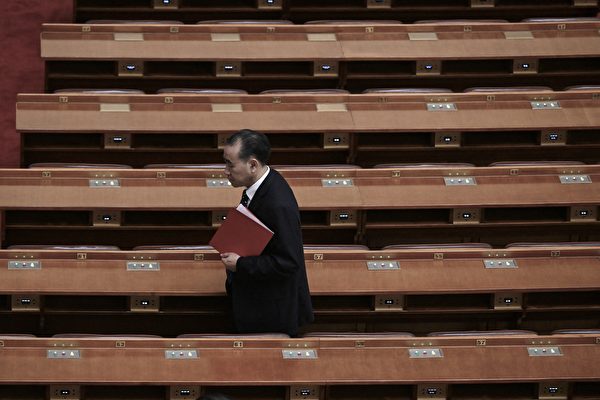China’s Communist Party is rife with corruption, extending its reach into the realm of scientific research. The official Chinese authorities recently disclosed multiple cases within the Chinese Academy of Sciences involving embezzlement of research funds and corrupt practices, though specifics were not provided.
The website of the Central Commission for Discipline Inspection of the Communist Party of China and the National Supervisory Commission revealed in an anti-corruption article that during the first half of the year, an investigation uncovered instances of a former deputy director of a research institute misappropriating research funds through false contracts and a former deputy director of a center and former chairman of a company engaging in corrupt practices through project management authority.
The article also mentioned the “severe violations of discipline and law by Wang and others at the Ministry of Science and Technology’s New Technology Center” this year.
According to official information from Hunan, on August 4th of this year, Wang Hanqing, the former Party Secretary of the prestigious Central South University of Forestry and Technology, was expelled from the Party and dismissed from public office on charges of extensive academic corruption and embezzlement of research funds amounting to a significant sum.
Shortly before Wang Hanqing’s investigation, the former president of the university, Liao Xiaoping, was also investigated and expelled on August 8th for similar charges of academic corruption and embezzlement of research funds on a large scale.
Since the early days of Xi Jinping’s administration, cases of corruption involving officials and project managers embezzling research funds have frequently surfaced in mainland universities and research institutions.
On October 11, 2013, the then Minister of the Communist Party’s Ministry of Science and Technology, Wan Gang, revealed at a press conference that the department was reviewing two cases of violations of discipline and law related to research funds. One case involved a renowned environmental expert, and the other was the director of a provincial science and technology department. It was disclosed that in the two research corruption cases, one involved Chen Yingxu, the executive deputy dean of the Environmental and Resource School of Zhejiang University, who was accused of illegally retaining 10.22 million RMB in special research funds, while the other case involved Li Xinghua, the director of the Guangdong Provincial Science and Technology Department, who was under investigation for misappropriation of research subsidies.
In recent years, China’s investment in research funds has been increasing annually. Official data shows that China’s Research and Development (R&D) funding surpassed 1 trillion RMB in 2012, exceeded 2 trillion RMB in 2019, surpassed 3 trillion RMB in 2022, over 3.3 trillion RMB in 2023, and over 3.6 trillion RMB in 2024, making it the second-largest R&D spender in the world after the United States.
However, a survey conducted by the China Association for Science and Technology revealed that only around 40% of China’s research funds are used for the projects themselves, with a significant amount being lost outside of the designated projects.
According to a white paper on Chinese scientific research published by the Nature Publishing Group based in London in 2015, China’s funding mechanisms lean towards applied research, with basic research funding accounting for only 5% of total research investment. This proportion is significantly lower than the United States (18%), the United Kingdom (16%), and Japan (12%).
In 2022, China’s basic research funding accounted for 6.65% of total R&D investment. Although there has been an increase in the total amount of basic research funding in China, there still exists a substantial gap when compared to other leading scientific nations worldwide.
Commentator Yan Dan pointed out in an article for Epoch Times that the imagination, creativity, and independent research and critical thinking abilities of the Chinese people have been virtually extinguished through the long process of indoctrination and brainwashing by the Communist Party. Rekindling the creativity that has been stifled is not an easy task and cannot be resolved simply by pouring money into it. Therefore, the government’s investment in basic research can only be superficial, and projects “built on past research achievements usually receive priority funding.” This demonstrates that China’s technological development does not rely on innovation but rather on exploiting and utilizing the research output of others.
Over the years, falsified research papers have shamelessly become a means for researchers to access funding. Those academic leaders and project proposers with administrative titles in various institutions and universities have become adept at corruption. Research funds in mainland Chinese universities have turned into personal coffers, with various methods of falsification and misappropriation under unmonitored reimbursement schemes. The government, despite its knowledge of the inadequacies in research and development, continues to increase research funding, evidently tolerating and even promoting academic corruption.

